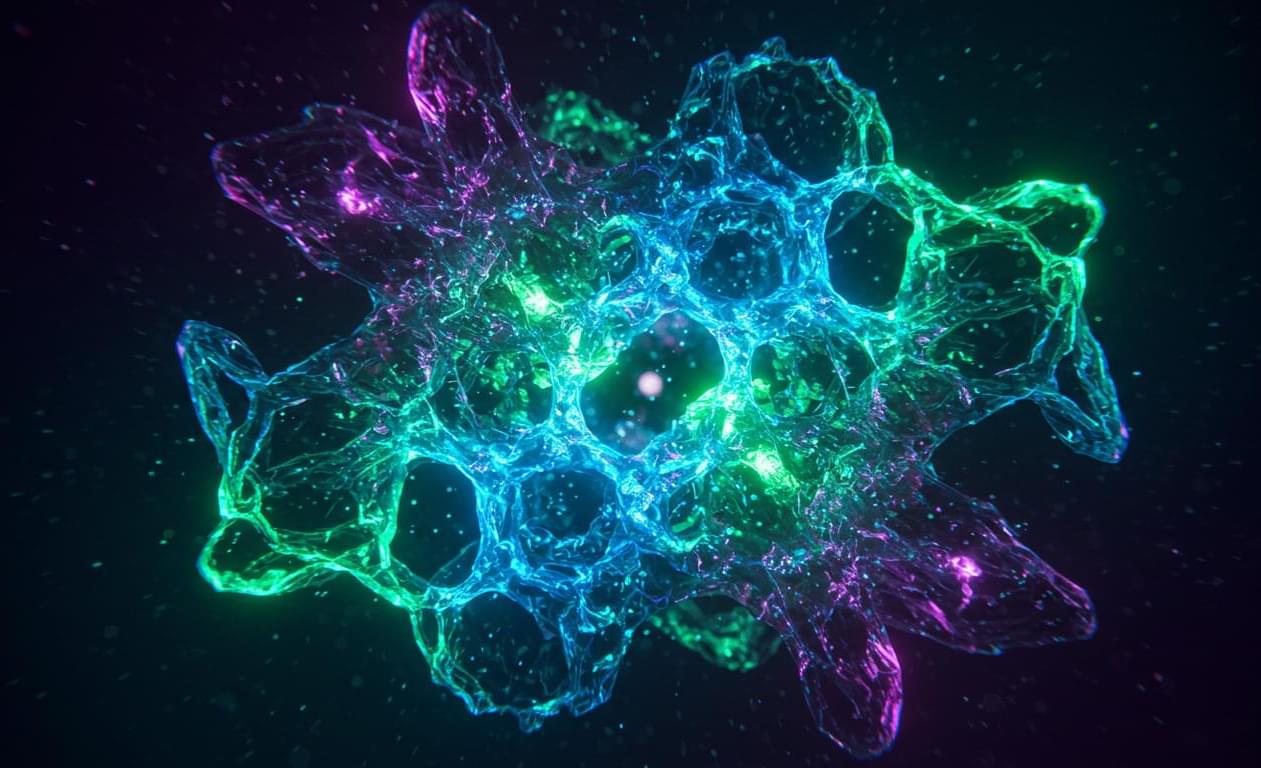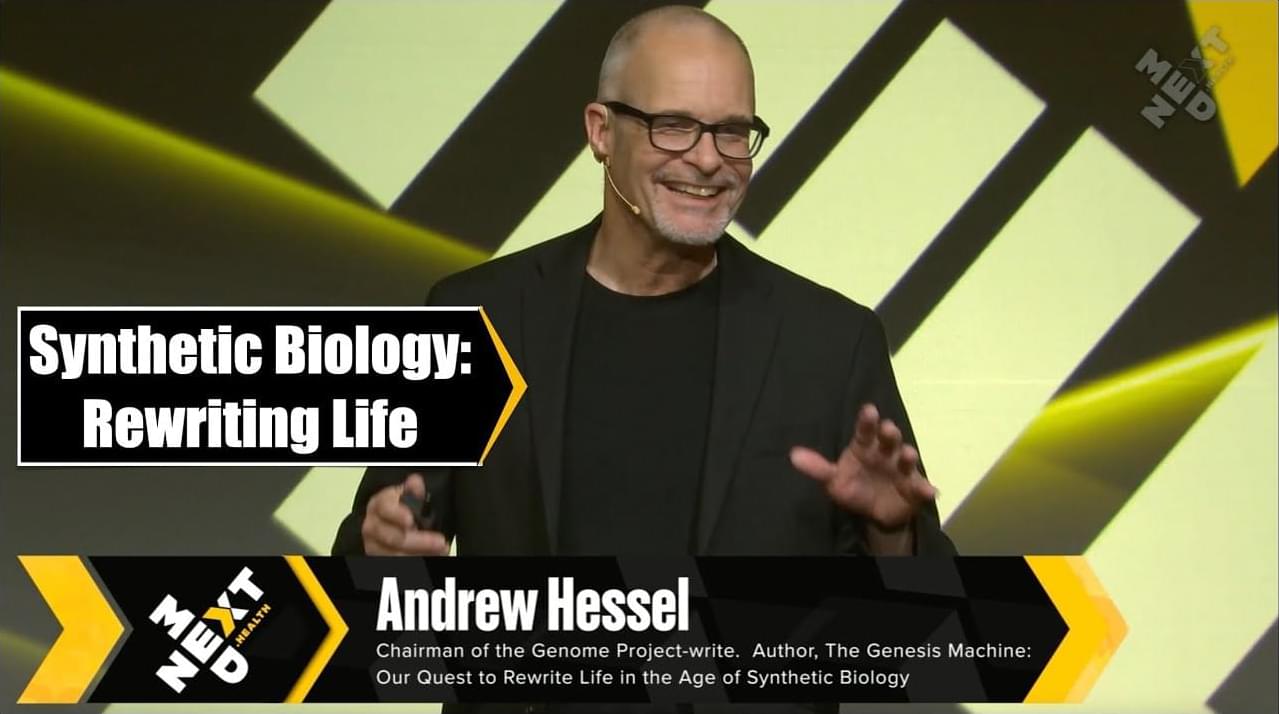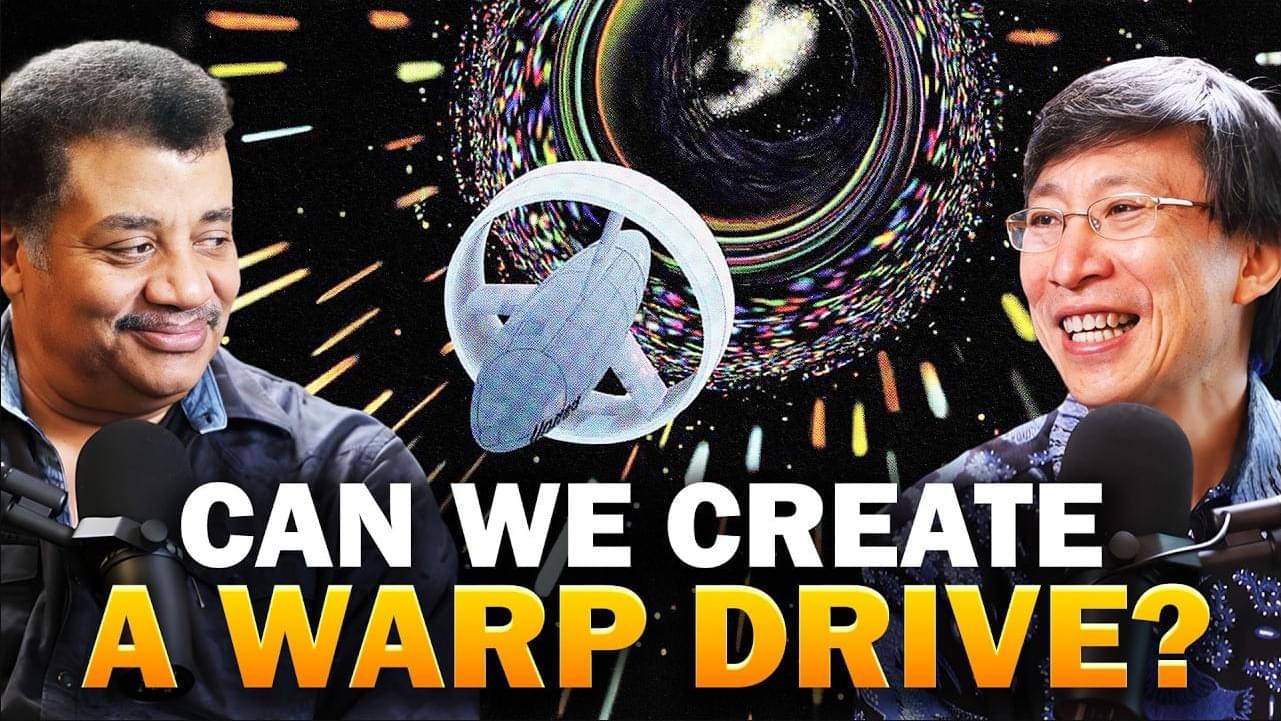In a landmark achievement, an international team of researchers has successfully engineered the world’s first ideal Weyl semimetal, a quantum crystal that exhibits exotic electromagnetic properties. This innovative material, synthesized from a topological semiconductor, hosts a single pair of Weyl fermions without any irrelevant electronic states, paving the way for potential applications in terahertz devices, high-performance sensors, and low-power electronics.
The discovery, published in Nature, marks a major milestone in the decade-long pursuit of quantum materials, where researchers have been hindered by the presence of undesired electrons that obscure the unique properties of Weyl fermions. By revisiting a theoretically proposed strategy from 2011, the team has created a semimetal with a vanishing energy gap, enabling it to absorb low-frequency light and unlocking new possibilities for optoelectronics and quantum technology.








